-
 Bitcoin
Bitcoin $116800
1.37% -
 Ethereum
Ethereum $3832
5.15% -
 XRP
XRP $3.063
2.69% -
 Tether USDt
Tether USDt $1.000
0.04% -
 BNB
BNB $774.1
0.84% -
 Solana
Solana $170.7
1.56% -
 USDC
USDC $0.0000
0.01% -
 Dogecoin
Dogecoin $0.2142
5.31% -
 TRON
TRON $0.3406
1.90% -
 Cardano
Cardano $0.7635
3.81% -
 Hyperliquid
Hyperliquid $39.55
2.42% -
 Sui
Sui $3.732
7.71% -
 Stellar
Stellar $0.4127
4.25% -
 Chainlink
Chainlink $17.80
6.91% -
 Bitcoin Cash
Bitcoin Cash $576.7
1.66% -
 Hedera
Hedera $0.2521
3.28% -
 Ethena USDe
Ethena USDe $1.001
0.01% -
 Avalanche
Avalanche $22.66
2.19% -
 Litecoin
Litecoin $121.3
2.98% -
 UNUS SED LEO
UNUS SED LEO $8.959
-0.31% -
 Toncoin
Toncoin $3.325
2.88% -
 Shiba Inu
Shiba Inu $0.00001263
2.84% -
 Uniswap
Uniswap $10.11
4.79% -
 Polkadot
Polkadot $3.769
3.22% -
 Dai
Dai $1.000
0.01% -
 Bitget Token
Bitget Token $4.413
1.46% -
 Monero
Monero $272.9
-4.98% -
 Cronos
Cronos $0.1488
4.22% -
 Pepe
Pepe $0.00001088
4.01% -
 Aave
Aave $273.0
4.73%
How to calculate the position profit and loss of OKX contract? What is the difference between unrealized profit and loss and realized profit and loss?
Calculating P&L on OKX involves entry/exit prices, position size, and contract value; understanding unrealized vs. realized P&L aids in effective portfolio management.
May 06, 2025 at 04:07 pm
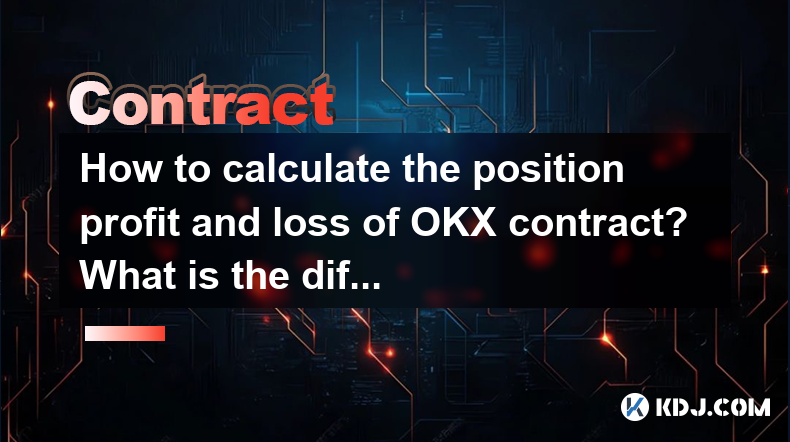
Understanding how to calculate the position profit and loss of OKX contracts is essential for any trader engaging with cryptocurrency futures. In this article, we will delve into the specifics of calculating profit and loss (P&L) on OKX, and we will clarify the distinction between unrealized and realized profit and loss. This knowledge will help traders manage their portfolios more effectively and make informed decisions.
Understanding OKX Contracts
OKX is a leading cryptocurrency exchange that offers a variety of trading products, including futures contracts. These contracts allow traders to speculate on the future price movements of cryptocurrencies without owning the underlying asset. The profit and loss from these contracts are determined by the difference between the entry and exit prices of the positions.
Calculating Position Profit and Loss
To calculate the position profit and loss on OKX, you need to understand a few key terms:
- Entry Price: The price at which you opened your position.
- Exit Price: The price at which you close your position.
- Position Size: The number of contracts you are trading.
- Contract Value: The value of one contract, which varies depending on the type of contract.
The formula for calculating the profit or loss of a position is:
[ \text{P&L} = (\text{Exit Price} - \text{Entry Price}) \times \text{Position Size} \times \text{Contract Value} ]
Let's break this down with an example:
- Suppose you enter a long position on BTC/USDT futures at an entry price of $30,000.
- You decide to exit the position at an exit price of $32,000.
- Your position size is 10 contracts, and the contract value is $100.
Using the formula:
[ \text{P&L} = (32,000 - 30,000) \times 10 \times 100 = 2,000 \times 10 \times 100 = 2,000,000 \text{ USDT} ]
In this example, you would have made a profit of 2,000,000 USDT.
Unrealized vs. Realized Profit and Loss
Understanding the difference between unrealized and realized profit and loss is crucial for managing your trading positions effectively.
Unrealized Profit and Loss
Unrealized profit and loss, also known as floating P&L, refers to the profit or loss that you would incur if you were to close your position at the current market price. This value changes constantly as the market price fluctuates.
For example, if you have a long position on BTC/USDT futures at an entry price of $30,000, and the current market price is $31,000, your unrealized profit would be:
[ \text{Unrealized P&L} = (31,000 - 30,000) \times \text{Position Size} \times \text{Contract Value} ]
If your position size is 10 contracts and the contract value is $100, your unrealized profit would be:
[ \text{Unrealized P&L} = 1,000 \times 10 \times 100 = 1,000,000 \text{ USDT} ]
This profit is unrealized because you have not yet closed the position.
Realized Profit and Loss
Realized profit and loss is the actual profit or loss that you incur when you close a position. This is the final outcome of your trade and is recorded in your account balance.
Using the same example as above, if you close your long position at an exit price of $32,000, your realized profit would be:
[ \text{Realized P&L} = (32,000 - 30,000) \times \text{Position Size} \times \text{Contract Value} ]
With a position size of 10 contracts and a contract value of $100, your realized profit would be:
[ \text{Realized P&L} = 2,000 \times 10 \times 100 = 2,000,000 \text{ USDT} ]
This profit is now realized because you have closed the position and the profit is reflected in your account balance.
How to View Profit and Loss on OKX
To view your profit and loss on OKX, follow these steps:
- Log into your OKX account.
- Navigate to the trading section and select the futures market you are interested in.
- Open the position tab to see your current open positions.
- Look for the P&L column to see your unrealized profit and loss.
- To see realized P&L, go to the trading history or account statement section.
Importance of Monitoring Profit and Loss
Monitoring your profit and loss is crucial for effective risk management. By keeping an eye on your unrealized P&L, you can make timely decisions to either take profits or cut losses. Realized P&L helps you understand your overall trading performance and adjust your strategies accordingly.
Practical Example of Calculating P&L
Let's go through a practical example to solidify your understanding of calculating profit and loss on OKX.
- Scenario: You open a short position on ETH/USDT futures at an entry price of $2,000.
- Position Size: 5 contracts.
- Contract Value: $50.
- Current Market Price: $1,900.
- Exit Price: $1,800.
Calculating Unrealized P&L
At the current market price of $1,900, your unrealized profit would be:
[ \text{Unrealized P&L} = (2,000 - 1,900) \times 5 \times 50 = 100 \times 5 \times 50 = 25,000 \text{ USDT} ]
Calculating Realized P&L
If you decide to close your position at an exit price of $1,800, your realized profit would be:
[ \text{Realized P&L} = (2,000 - 1,800) \times 5 \times 50 = 200 \times 5 \times 50 = 50,000 \text{ USDT} ]
Frequently Asked Questions
Q: Can I calculate P&L for multiple positions simultaneously on OKX?
A: Yes, OKX provides a summary of your total unrealized and realized P&L across all your open positions. You can view this in the position tab or the account statement section.
Q: How does leverage affect my P&L calculations on OKX?
A: Leverage amplifies both your potential profits and losses. When calculating P&L, you need to consider the leverage you are using. For example, if you are using 10x leverage, your P&L will be 10 times the amount calculated without leverage.
Q: What happens to my unrealized P&L if the market moves against my position?
A: If the market moves against your position, your unrealized P&L will decrease. If it becomes negative, it means you are currently experiencing an unrealized loss. You can choose to close the position to realize the loss or hold it in hopes of a market reversal.
Q: Is there a way to set automatic profit-taking or stop-loss orders on OKX?
A: Yes, OKX allows you to set take-profit and stop-loss orders. These orders can help you automatically close positions at predetermined profit or loss levels, helping you manage your P&L more effectively.
Disclaimer:info@kdj.com
The information provided is not trading advice. kdj.com does not assume any responsibility for any investments made based on the information provided in this article. Cryptocurrencies are highly volatile and it is highly recommended that you invest with caution after thorough research!
If you believe that the content used on this website infringes your copyright, please contact us immediately (info@kdj.com) and we will delete it promptly.
- Ripple, Rail, and Stablecoin Payments: A $200M Power Play
- 2025-08-07 22:50:12
- Punisher Coin Presale: The Next $Trump? Aiming for 100x Gains!
- 2025-08-07 22:50:12
- Riding the Crypto Wave: Presale Cryptos, Cold Wallets, and the BTC Bull Run
- 2025-08-07 23:10:12
- Crypto's Wild Ride: Punisher Coin, Popcat, and the Meme Coin Mania
- 2025-08-07 23:10:12
- Bitcoin Price, XRP Prediction, Cryptocurrency: Navigating the Wild West of Digital Assets
- 2025-08-07 23:15:12
- WiMi, Quantum Computing, and AR Tech: Navigating the Future Today
- 2025-08-07 22:30:12
Related knowledge
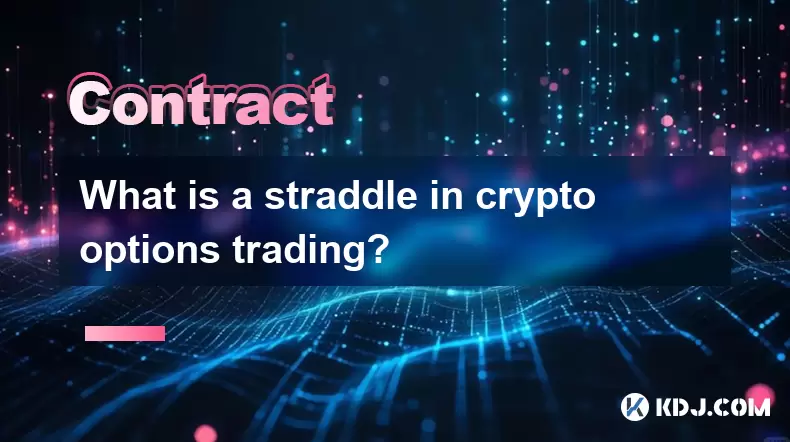
What is a straddle in crypto options trading?
Aug 07,2025 at 11:15pm
Understanding the Basics of a Straddle in Crypto OptionsA straddle is an options trading strategy used when a trader expects significant price movemen...
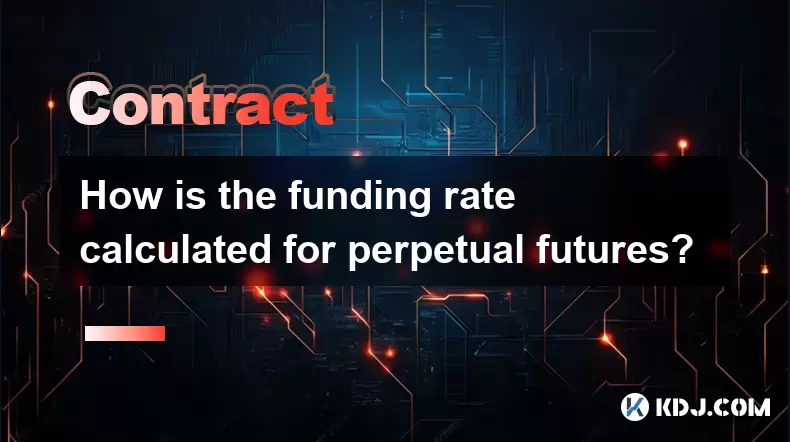
How is the funding rate calculated for perpetual futures?
Aug 07,2025 at 11:36pm
Understanding the Basics of Perpetual FuturesPerpetual futures are a type of derivative contract that does not have an expiration date, allowing trade...

What programming languages are used for smart contracts?
Aug 07,2025 at 06:07pm
Understanding Smart Contracts and Their Execution EnvironmentSmart contracts are self-executing programs deployed on blockchain networks that automati...
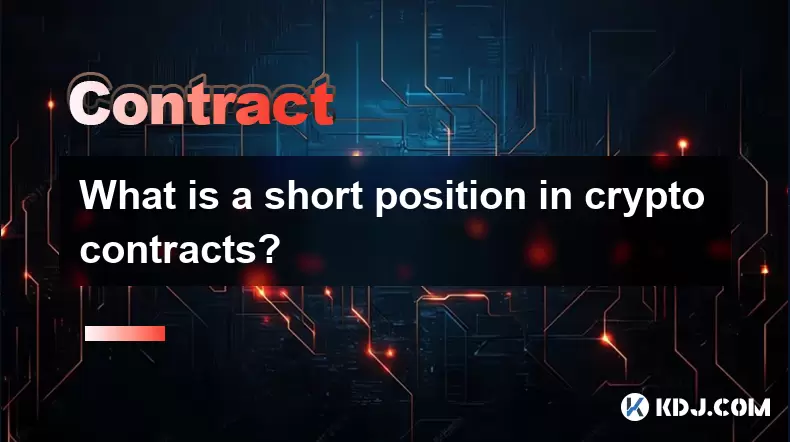
What is a short position in crypto contracts?
Aug 07,2025 at 11:42pm
Understanding the Concept of a Short Position in Crypto ContractsA short position in crypto contracts refers to a trading strategy where a trader prof...
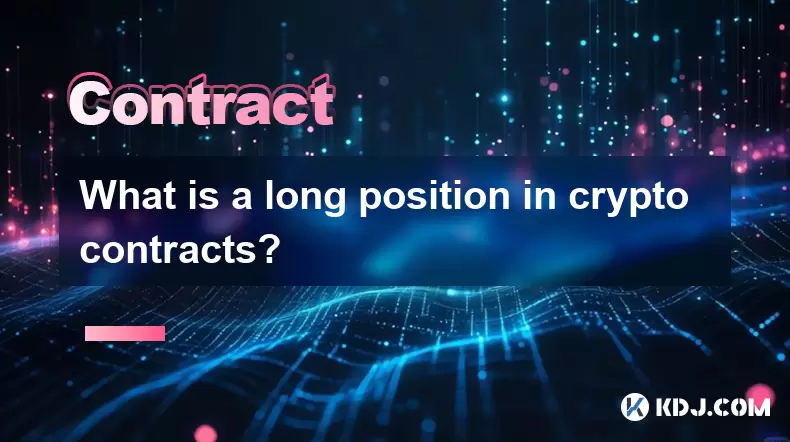
What is a long position in crypto contracts?
Aug 07,2025 at 06:29pm
Understanding the Concept of a Long Position in Crypto ContractsA long position in crypto contracts refers to a trading strategy where a trader buys a...

Why is my Bitstamp futures position being liquidated?
Jul 23,2025 at 11:08am
Understanding Futures Liquidation on BitstampFutures trading on Bitstamp involves borrowing funds to open leveraged positions, which amplifies both po...

What is a straddle in crypto options trading?
Aug 07,2025 at 11:15pm
Understanding the Basics of a Straddle in Crypto OptionsA straddle is an options trading strategy used when a trader expects significant price movemen...

How is the funding rate calculated for perpetual futures?
Aug 07,2025 at 11:36pm
Understanding the Basics of Perpetual FuturesPerpetual futures are a type of derivative contract that does not have an expiration date, allowing trade...

What programming languages are used for smart contracts?
Aug 07,2025 at 06:07pm
Understanding Smart Contracts and Their Execution EnvironmentSmart contracts are self-executing programs deployed on blockchain networks that automati...

What is a short position in crypto contracts?
Aug 07,2025 at 11:42pm
Understanding the Concept of a Short Position in Crypto ContractsA short position in crypto contracts refers to a trading strategy where a trader prof...

What is a long position in crypto contracts?
Aug 07,2025 at 06:29pm
Understanding the Concept of a Long Position in Crypto ContractsA long position in crypto contracts refers to a trading strategy where a trader buys a...

Why is my Bitstamp futures position being liquidated?
Jul 23,2025 at 11:08am
Understanding Futures Liquidation on BitstampFutures trading on Bitstamp involves borrowing funds to open leveraged positions, which amplifies both po...
See all articles

























































































